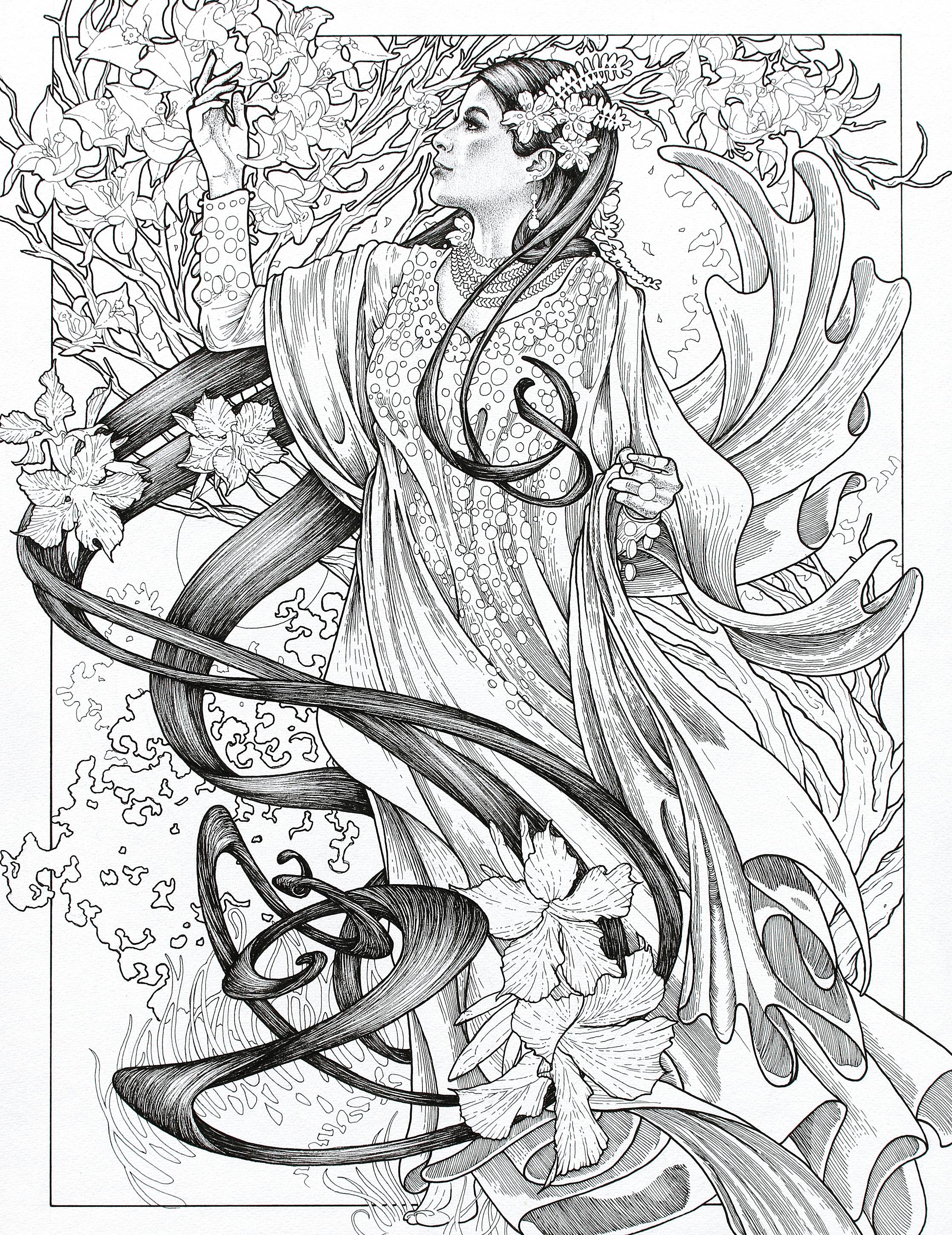
Here I will demonstrate how I compose, frame, sketch and execute this type of illustration in ink, demonstrating some texturing, shading, and lining techniques consistent with the Art Nouveau look – including stippling for skin, whip-shading for hair, building volumes of fabric, and bold lines to make it all pop.
One of the most satisfying forms of texturing and shading for flesh is the stippling technique. It’s a tool that allows the artist to slowly build value and has less of the all-or-nothing risk of some other styles. The trade-off when you go from a quicker method like crosshatching is the need for immense patience and a good deal of time. The reward is a finished piece that will have all of the depth and feel of real life.
It requires a small-gauge pen (usually a 01 or 005 Micron) and a very light touch – at least when you’re putting down the initial areas of shading.
BALANCE AND MOTION
I draw hair in a pretty realistic-looking style – perhaps a bit more realistic than most Art Nouveau – but there’s very little magic to it. The keys are a smooth wrist action to get your lines pointing in the same direction, and then using your judgment to determine when your shadows are dark enough in comparison to the highlights. As with the stippling, it’s important to work up to the level of darkness you want in a deliberate way, because you can’t go back.
Denne historien er fra November 2022-utgaven av ImagineFX.
Start din 7-dagers gratis prøveperiode på Magzter GOLD for å få tilgang til tusenvis av utvalgte premiumhistorier og 9000+ magasiner og aviser.
Allerede abonnent ? Logg på
Denne historien er fra November 2022-utgaven av ImagineFX.
Start din 7-dagers gratis prøveperiode på Magzter GOLD for å få tilgang til tusenvis av utvalgte premiumhistorier og 9000+ magasiner og aviser.
Allerede abonnent? Logg på
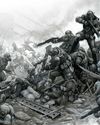
PAINT EPIC BATTLES IN TRADITIONAL INK
Warhammer illustrator THOMAS ELLIOTT shows you how to create an epic science fiction fight scene with this step-by-step guide
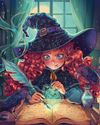
CONJURE MAGIC ILLUSTRATIONS
Daria Anako demonstrates her process for creating a whimsical piece of art with some spellbinding touches
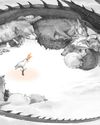
First Impressions
We discover the early influences that inspired the artist
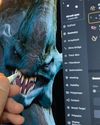
ZBrush for iPad
GAME CHANGER The desktop version of popular 3D sculpting software ZBrush has been redesigned for iPad - and it's brilliant

BenQ GW2786TC
GET AN EYEFUL Don't scrimp out on your health with a monitor that's kind on the eyes and good for creative tasks
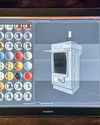
Huion Kamvas Pro 19
TABLET WARS An attractive pen display does an excellent job of balancing price and performance as it sets out to challenge its rivals in the mobile marketplace
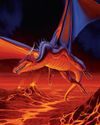
DRAGON OFORCEC
Legendary D&D artist Larry Elmore explains the keys to crafting timeless fantasy art.
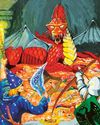
DUNGEON MASTERS
ImagineFX marks the milestone 50th anniversary of the launch of Dungeons & Dragons with a look at its rich tradition of illustration
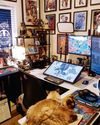
Erik Ly
Gamer's haven Why the artist enjoys a maximalist aesthetic more than the minimalist approach.
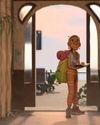
2D meets 3D: How the workflows are merging
Interdimensional As VFX and animation evolve and tools become more accessible, Tanya Combrinck asks whether the separation between the mediums is reducing